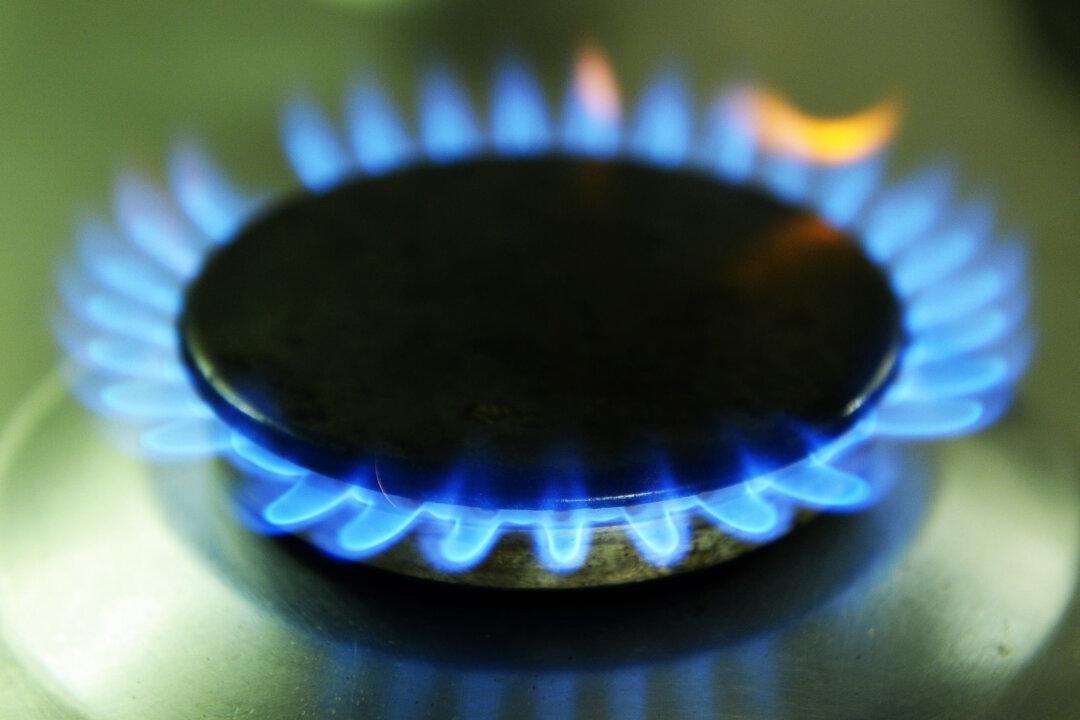Nationals Leader David Littleproud said the Labor government currently needed to work with gas companies to address the emerging energy crisis but that it had torn down relationships with the energy sector over the years.
Southeastern states are currently experiencing a gas supply shortage, with demand spiking as a cold front moves through and coal-fired plant outages.





